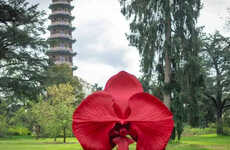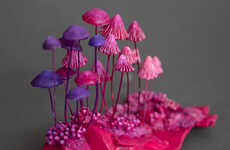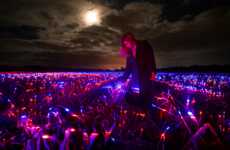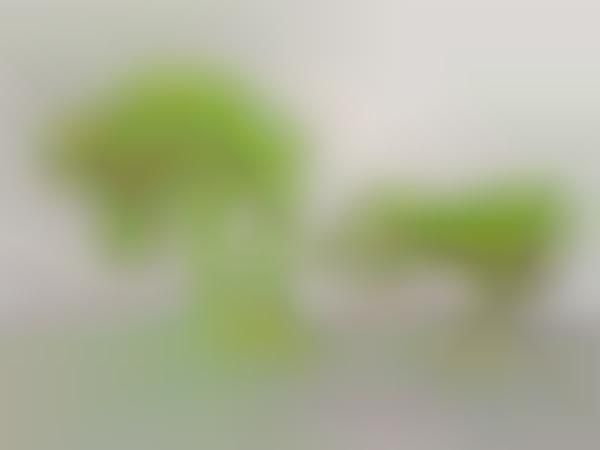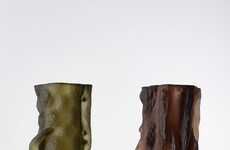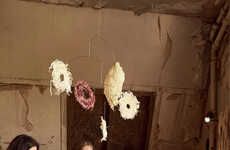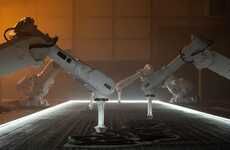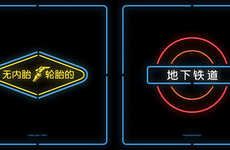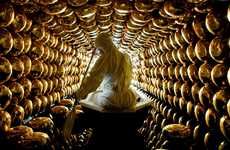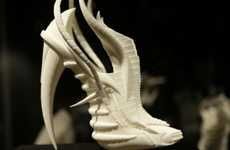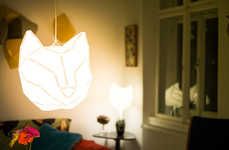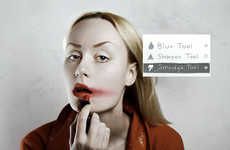
Mathilde Roussel's Life of Grass is Anthropomorphic and Organic
Meghan Young — April 11, 2012 — Art & Design
References: mathilderoussel & mymodernmet
For those who follow the work of artist Mathilde Roussel, her latest art installation titled 'Life of Grass' may look suspiciously familiar. That is because it is a continuation of her original series showcased back in 2010 at the Invisible Dog Gallery in Brooklyn, New York. Comprised of two new sculptures, this exhibit better shows the transition each one makes over time.
Once again tackling the human form, the Life of Grass installation depicts the different stages the grass grows in. According to the artist, "The natural world, ingested as food, becomes a component of human being. Through these anthropomorphic and organic sculptures made of soil and wheat grass seeds, I strive to show that food."
Life of Grass is currently showing at the Cheekwood Botanical Garden and Museum of Art in Nashville, Tennessee.
Once again tackling the human form, the Life of Grass installation depicts the different stages the grass grows in. According to the artist, "The natural world, ingested as food, becomes a component of human being. Through these anthropomorphic and organic sculptures made of soil and wheat grass seeds, I strive to show that food."
Life of Grass is currently showing at the Cheekwood Botanical Garden and Museum of Art in Nashville, Tennessee.
Trend Themes
1. Life of Grass Art Installations - Creating anthropomorphic and organic sculptures using soil and wheat grass seeds to showcase the different stages of grass growth.
2. Human Plant Sculptures - The use of natural elements to represent the human form in art installations.
3. Art Installations Using Food Components - Ingested natural world as an element of human being in art installations.
Industry Implications
1. Artificial Garden and Landscaping - Introduction of anthropomorphic art installations as a new form of garden landscaping.
2. Agriculture and Food Industry - The use of wheat grass seeds and other food components in art may lead to a new area of research for these industries.
3. Gallery and Museum Industry - Displaying art installations that incorporate natural elements may attract a new and diverse audience to these venues.
6.7
Score
Popularity
Activity
Freshness

